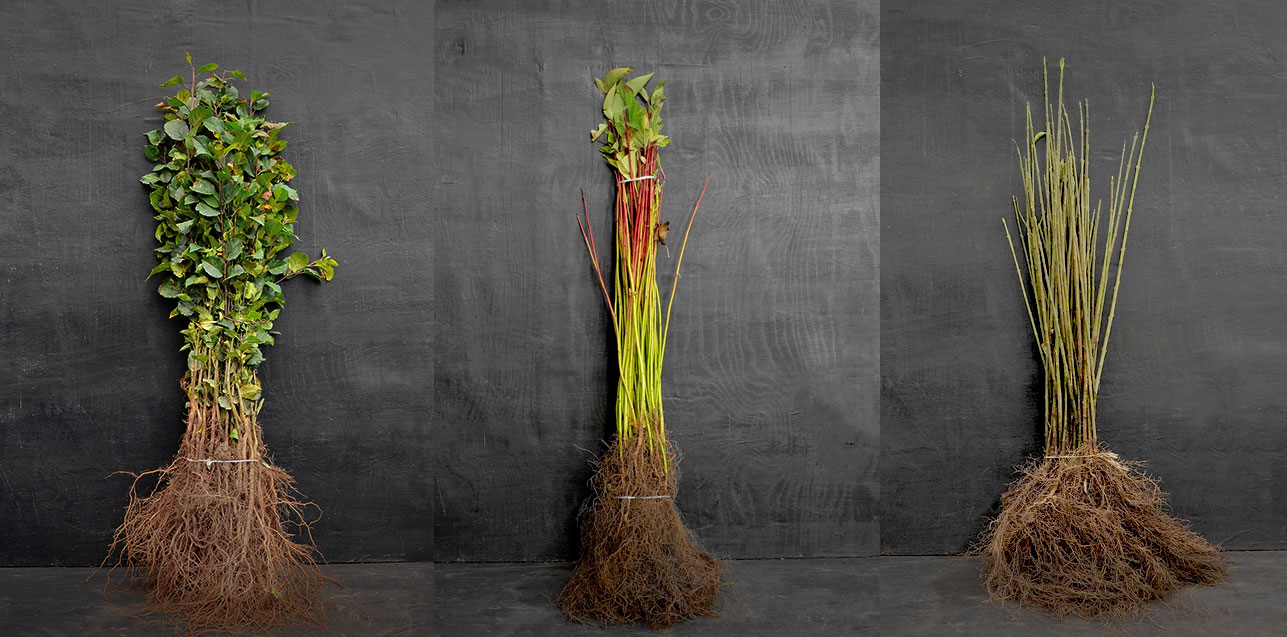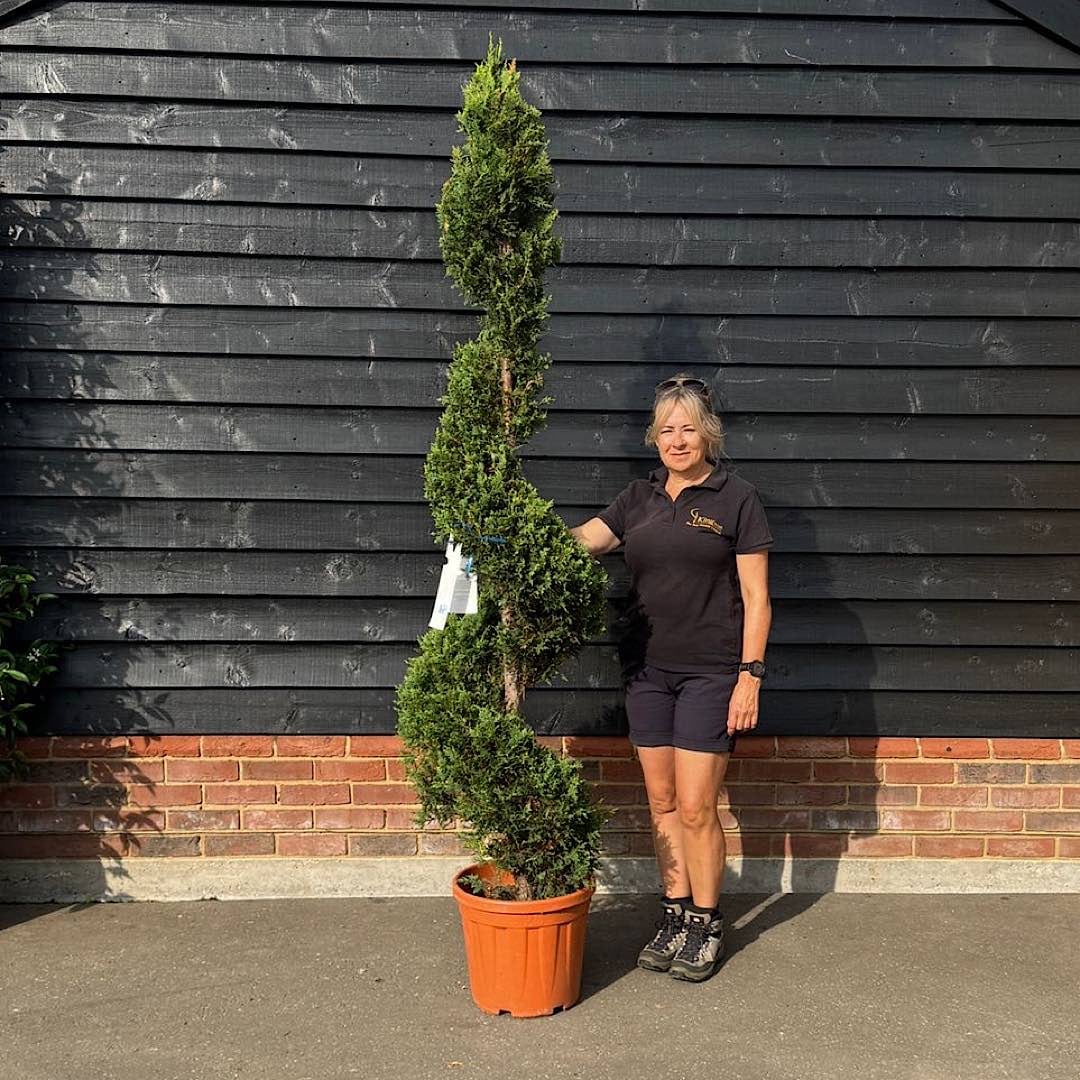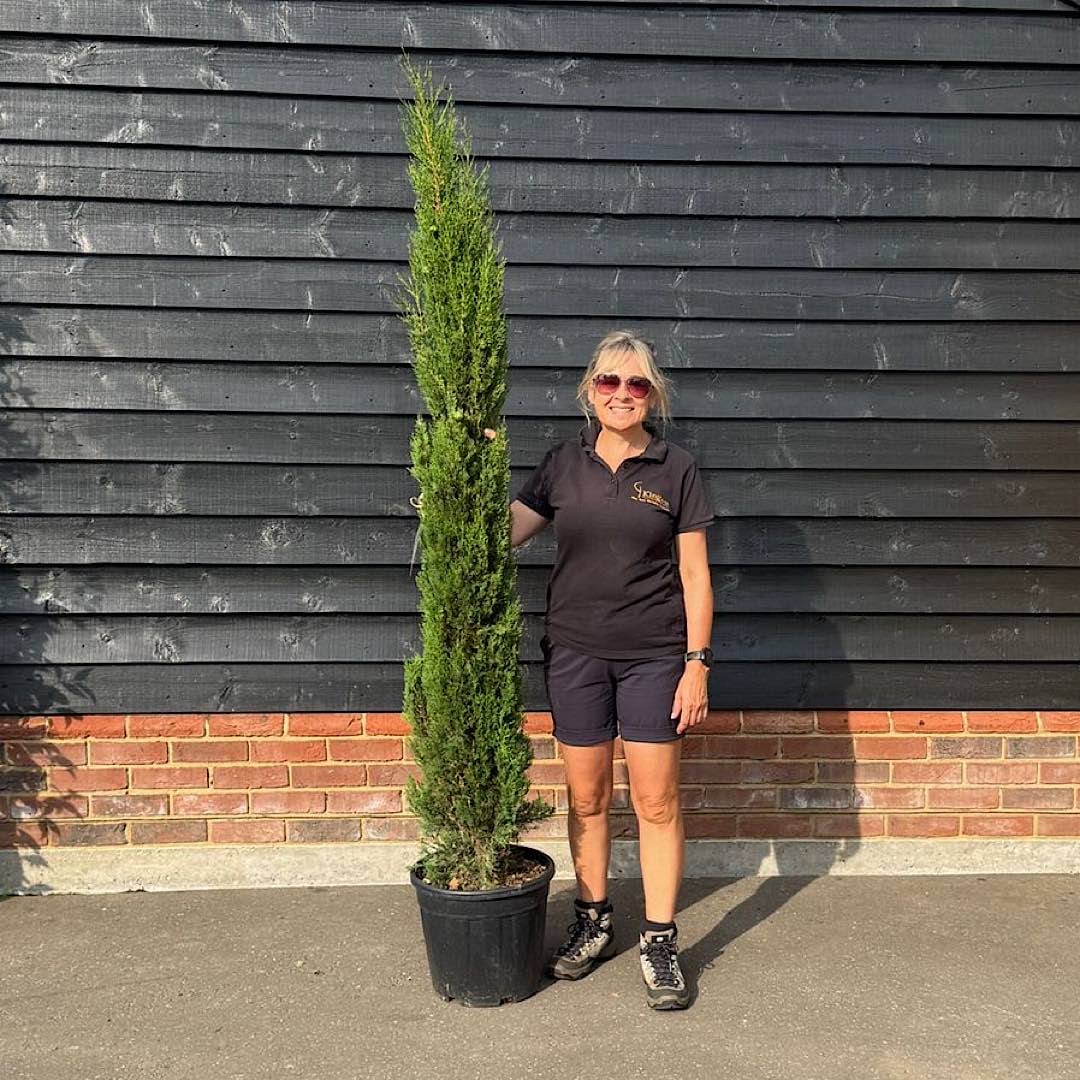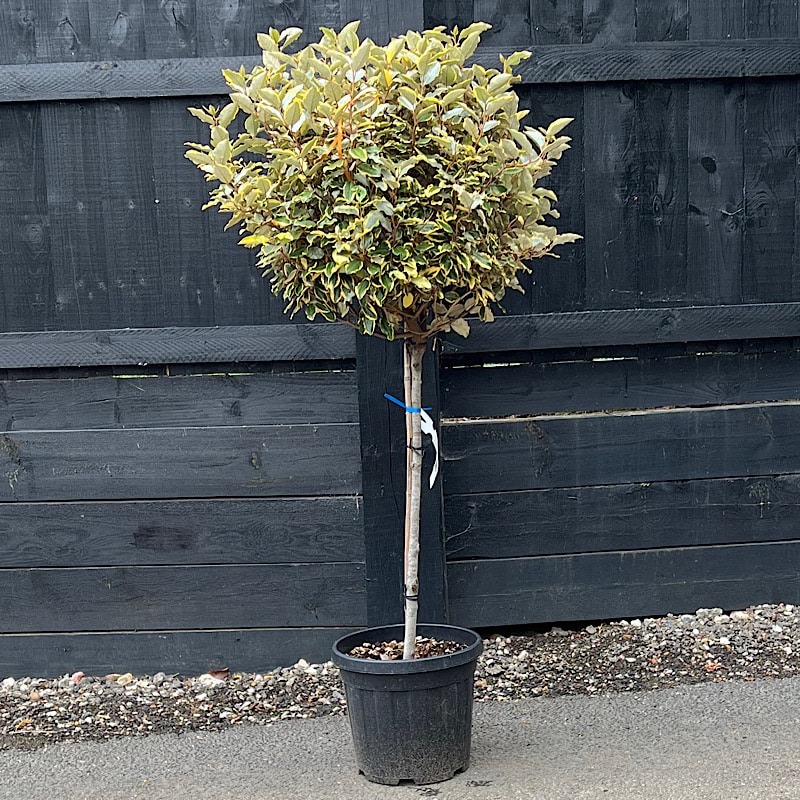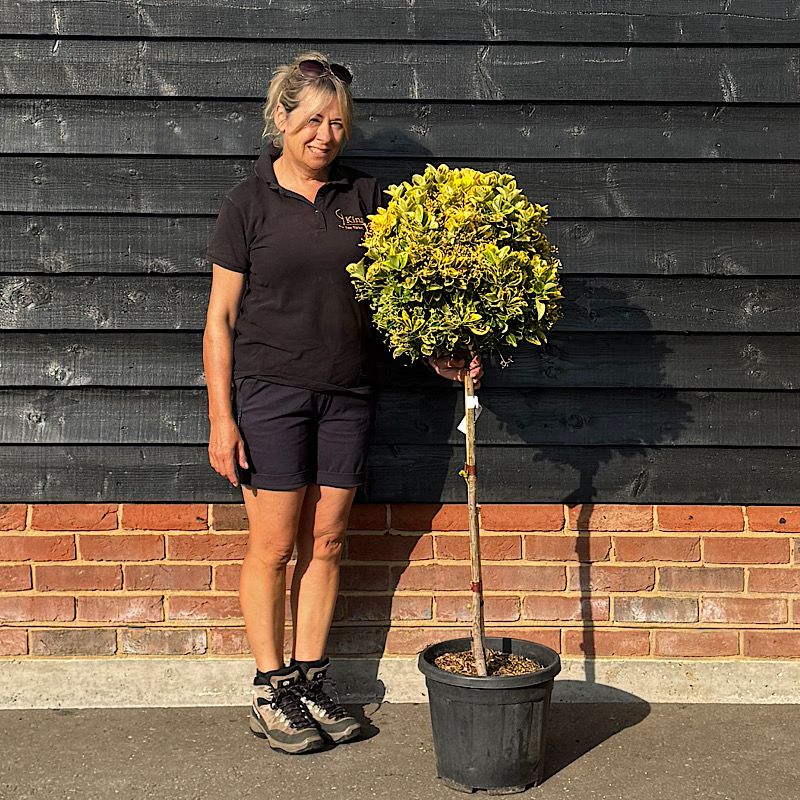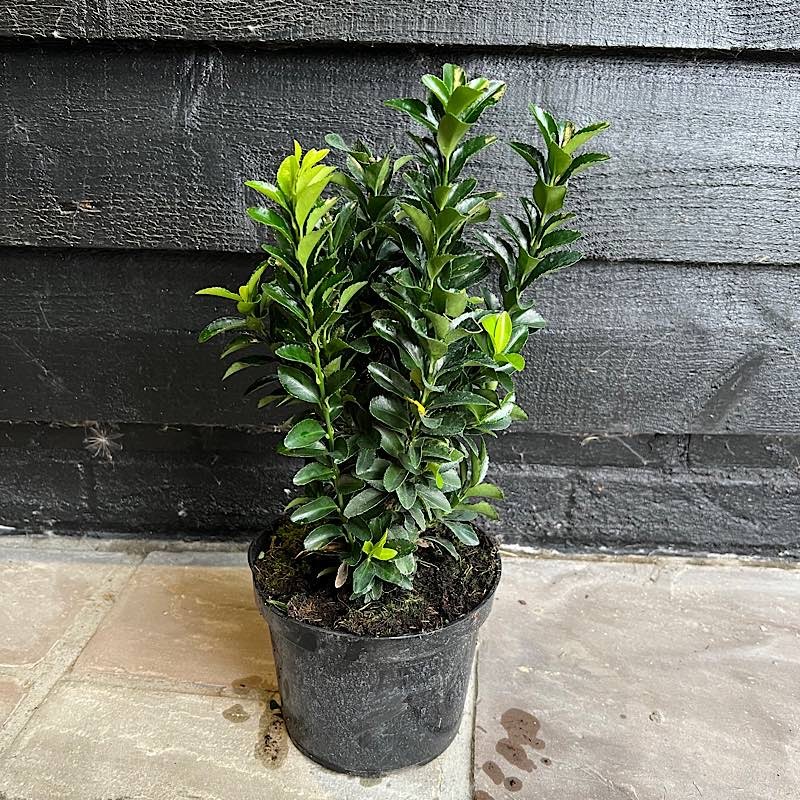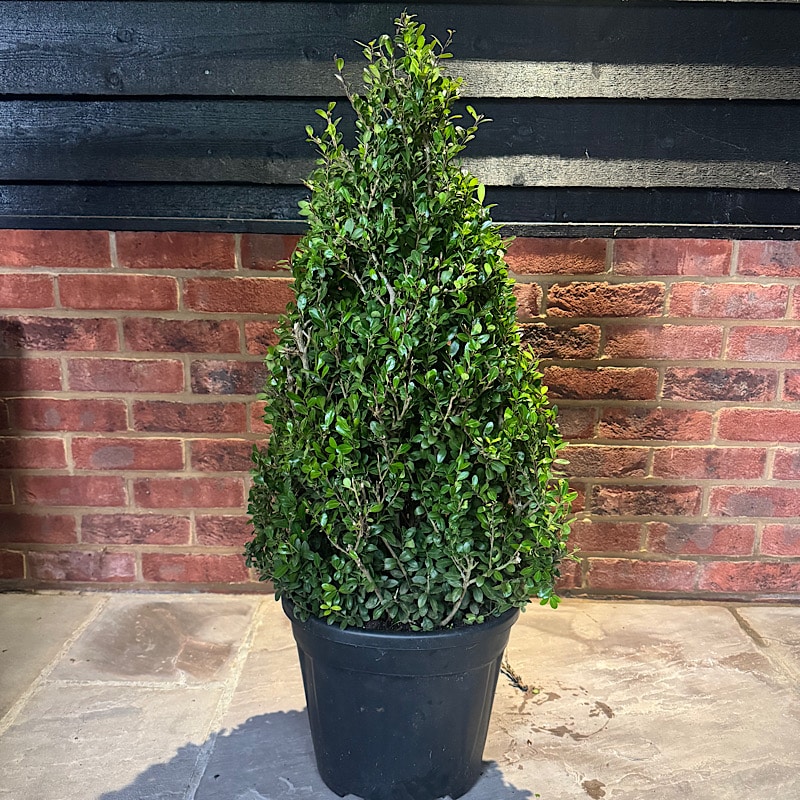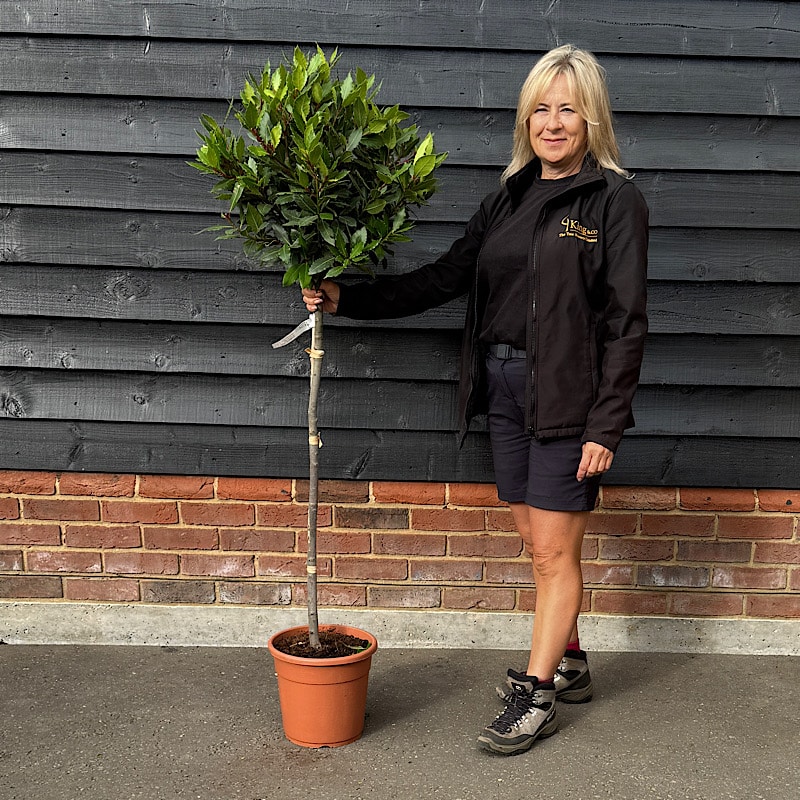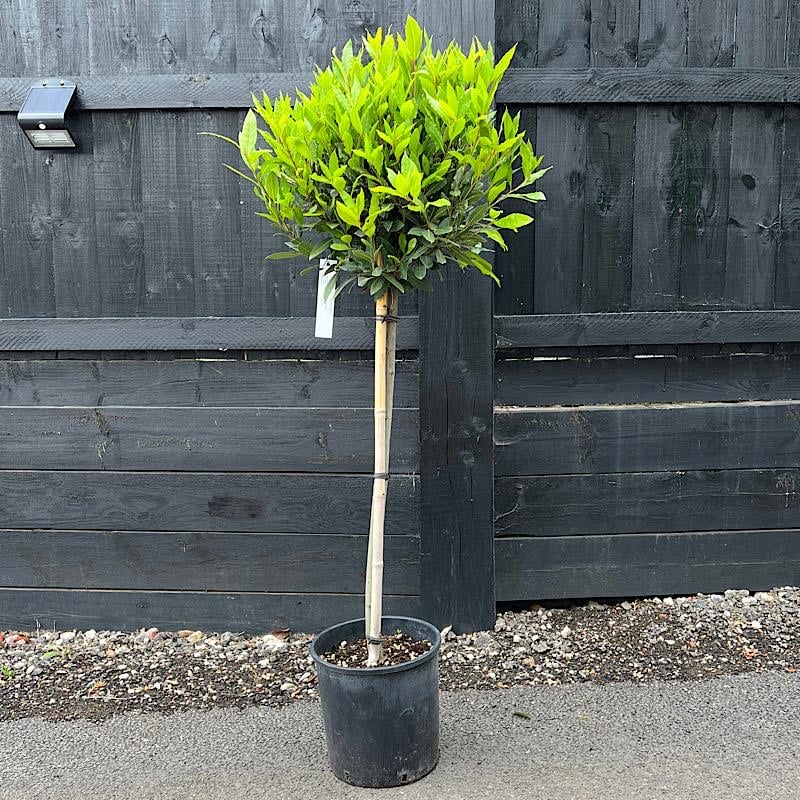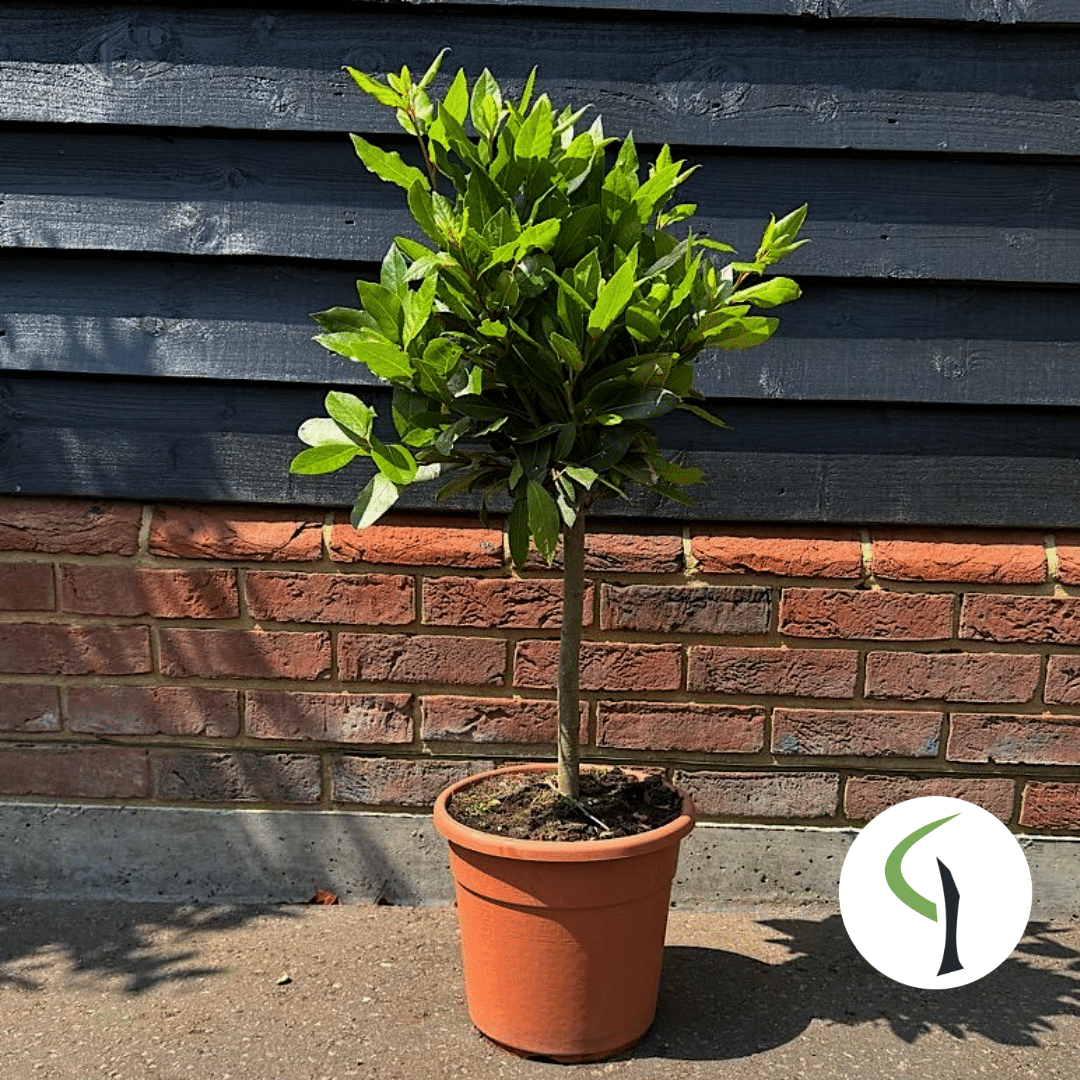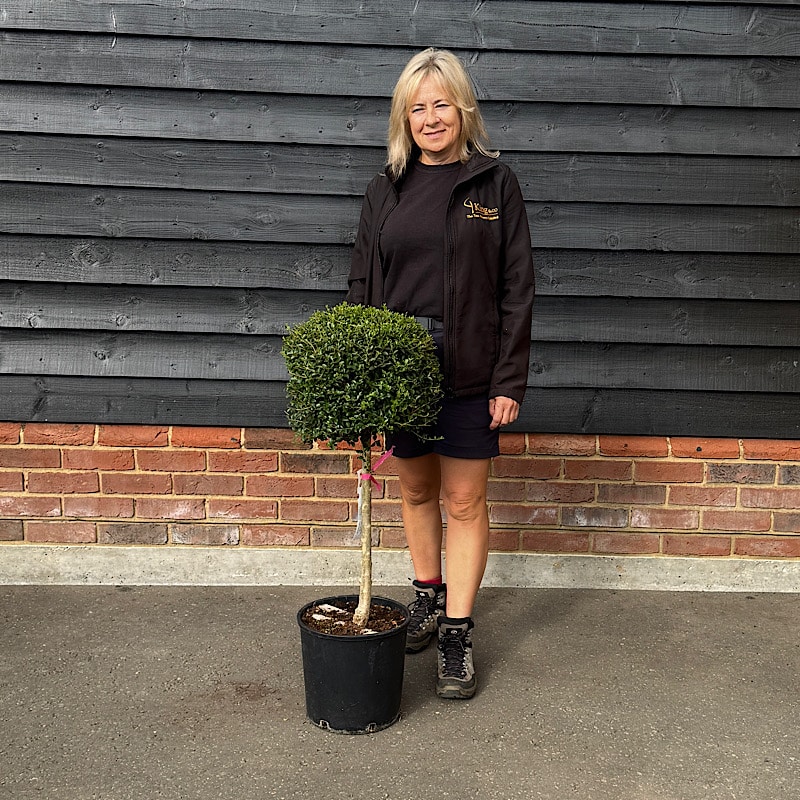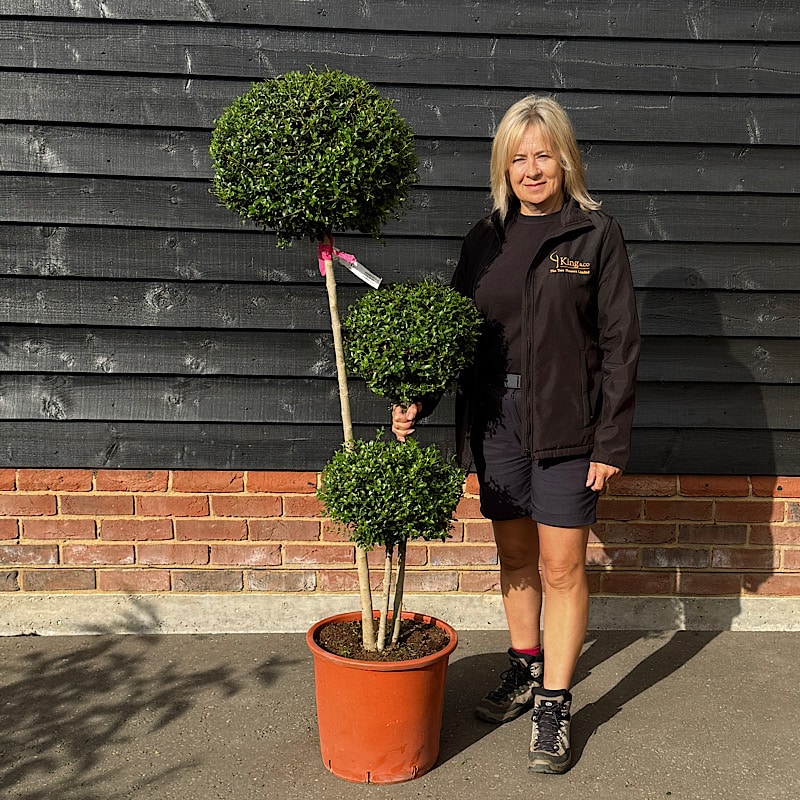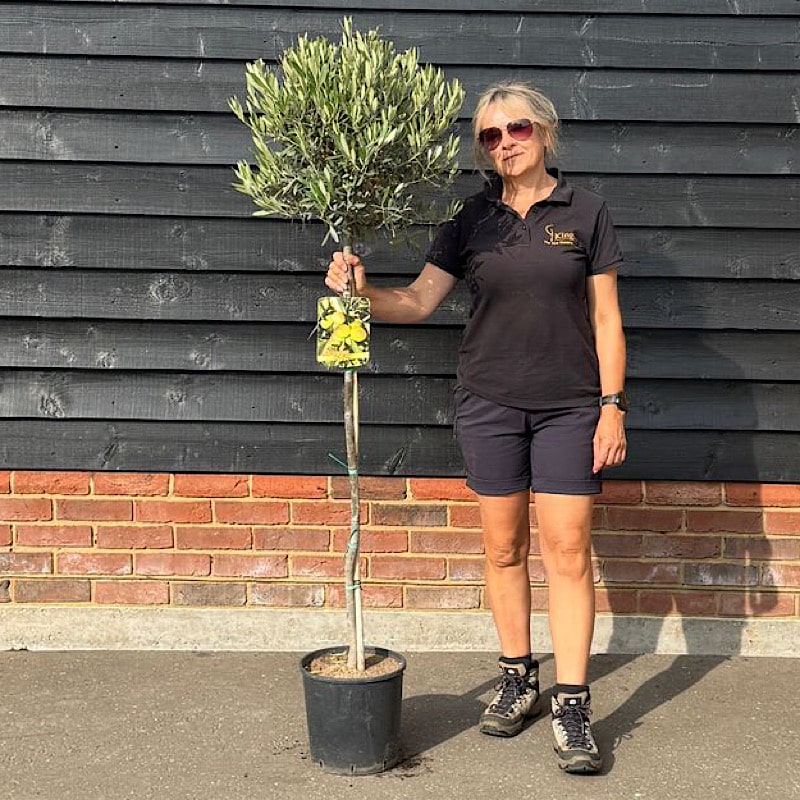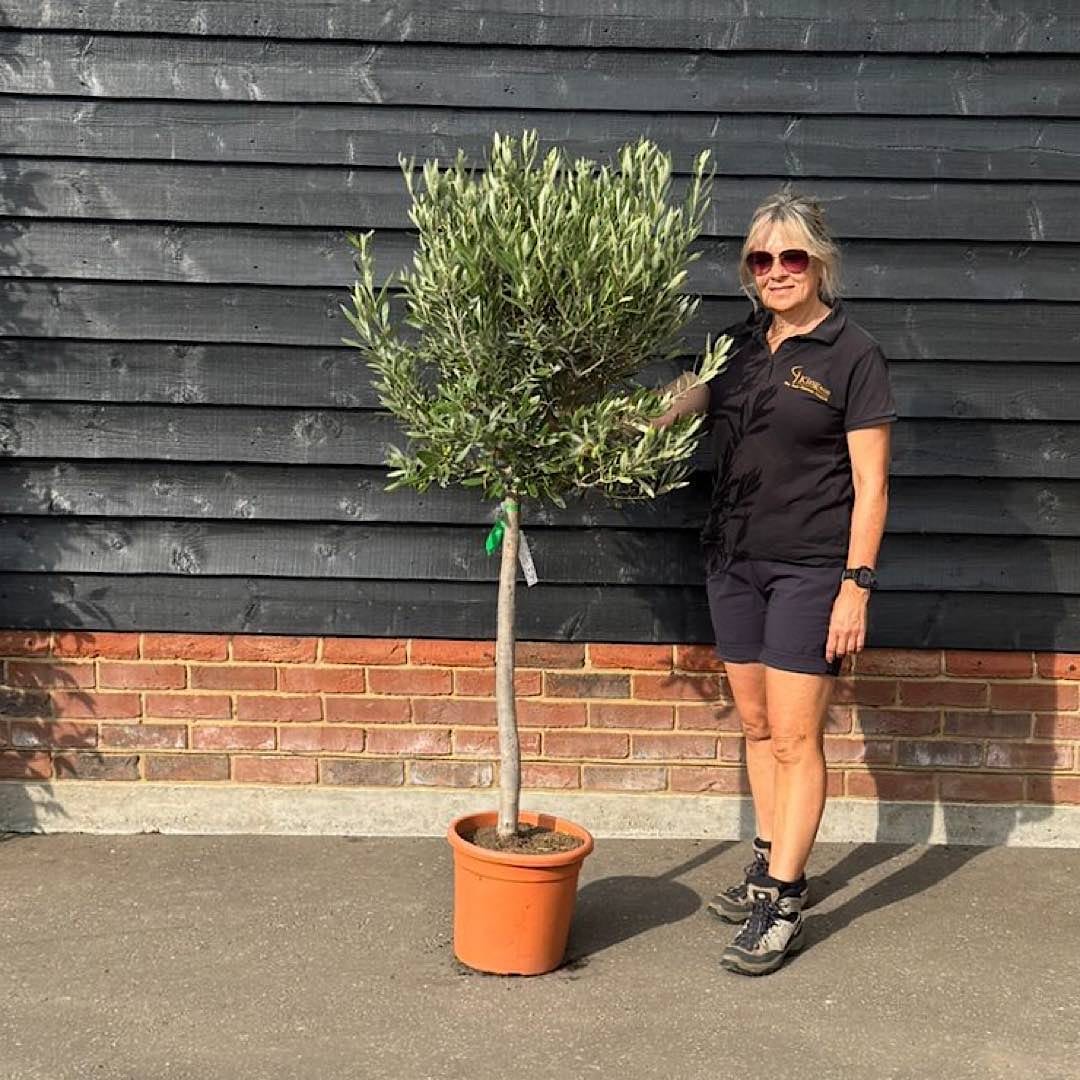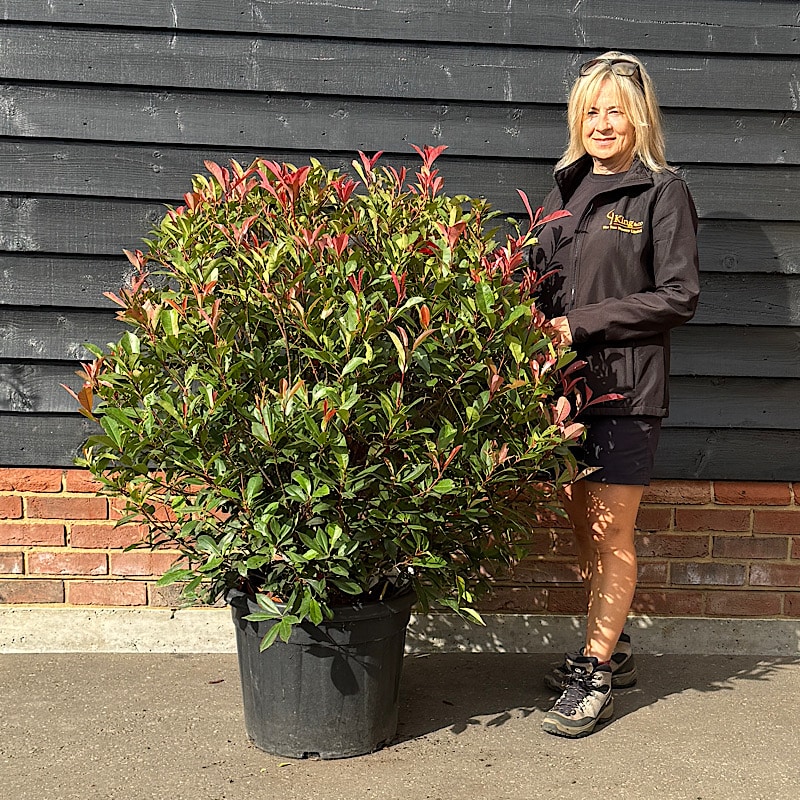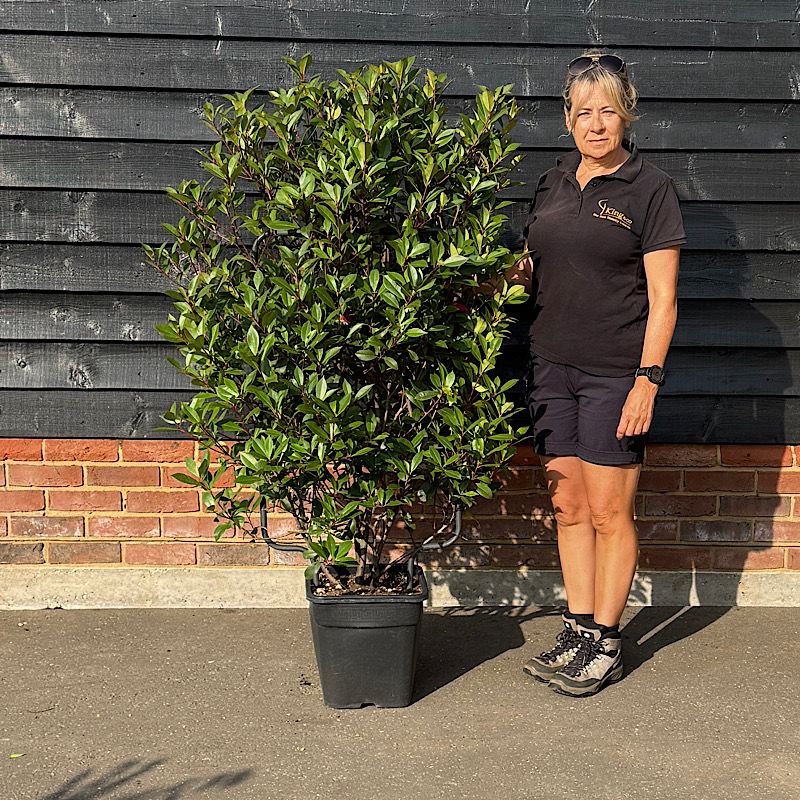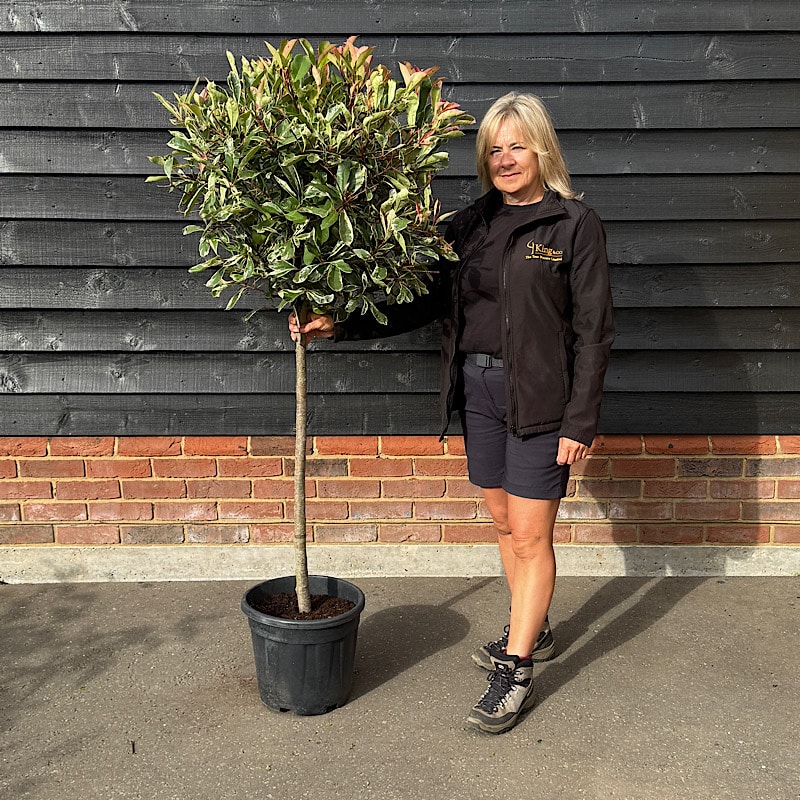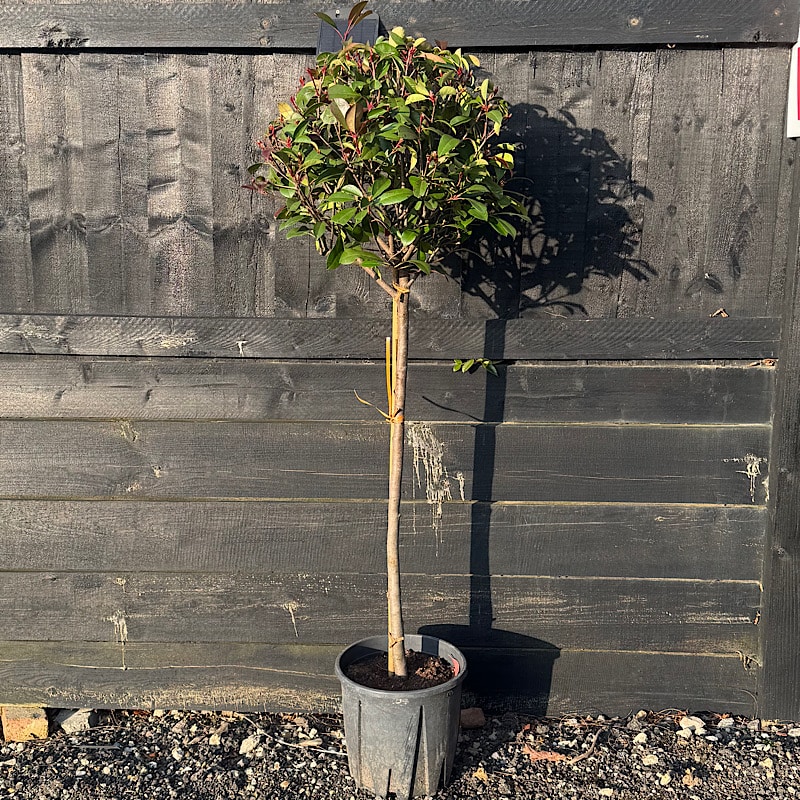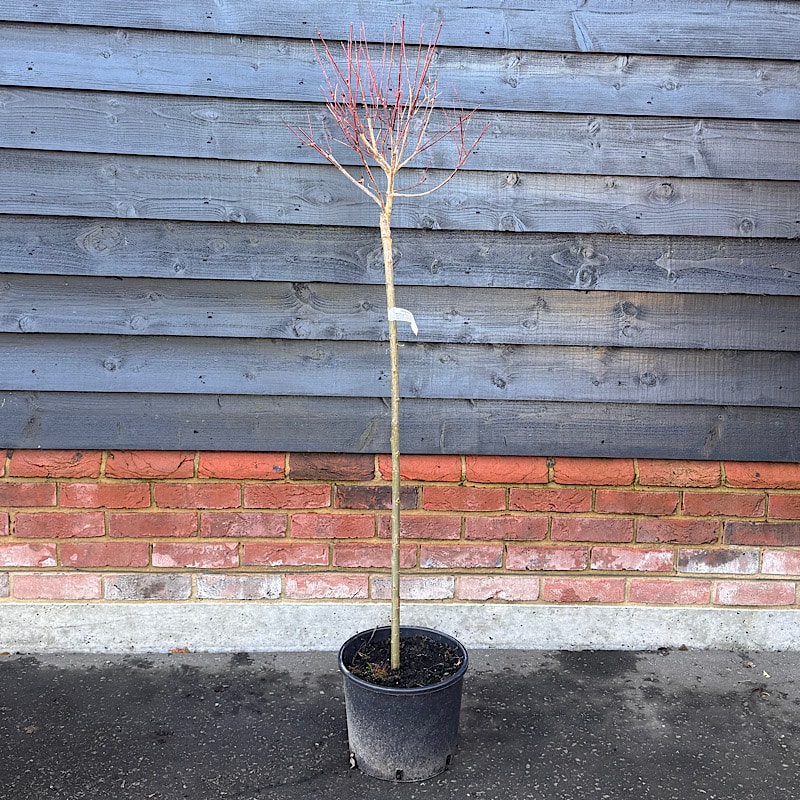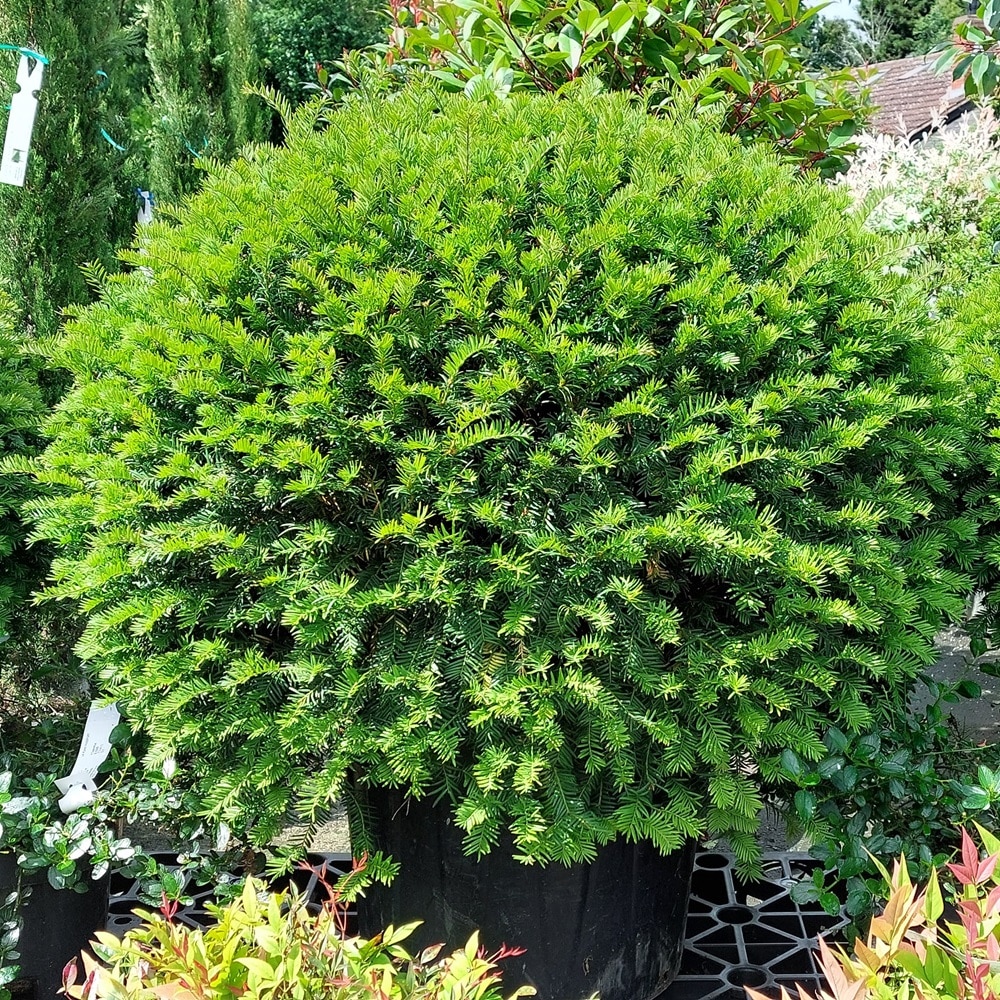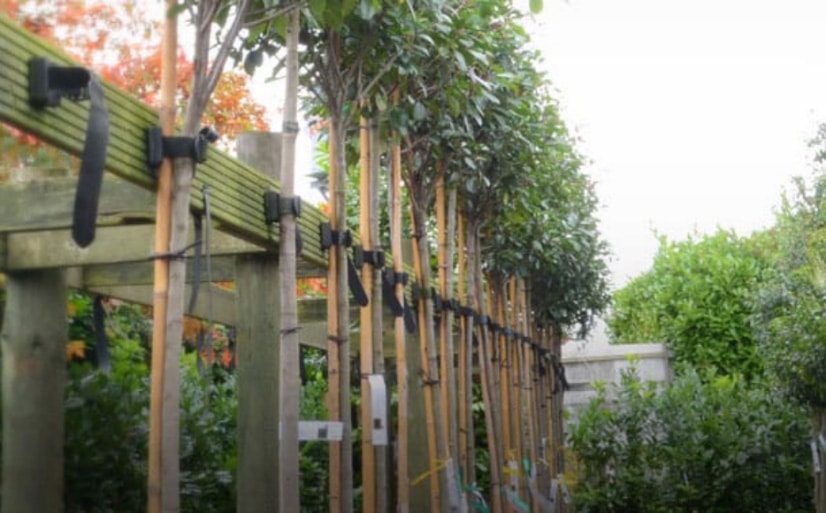Topiary
The most common varieties of plants used to create topiary are Box, Yew, Bay and Privet.
Here at the nursery we stock topiary plants ready for immediate collection, or we can deliver them via our overnight delivery service to anywhere in the UK. Our wide choice of topiary plants enables you to create an instant impact in your garden with the use of pre-prepared instant topiary hedging, cones, spirals, balls, pleached trees or stunning arches and parasol trees. We also stock good quality single pot Box and Yew hedging plants traditionally used in topiary.
Topiary History
Topiary was gaining popularity throughout Europe by the end of the 17th century, but its popularity came to a quick halt in the early 18th century after an essay was published in The Guardian in England. This essay, which was penned by Alexander Pope, poked fun at this form of art.
As a result of the essay, mazes, hedges, and any hint of topiary were removed from the gardens of the elite in England. It did remain, however, in cottagers’ gardens. In fact, many contained a single specimen that was painstakingly cared for and passed on as a family heirloom from one generation to the next.
By the mid-19th century, topiary enjoyed a comeback. In 1840, John Loudon wrote about his sadness in the fact that topiary was no longer a common site. In addition, during this Victorian era, gardeners embraced the style that topiary afforded. As writer Shirley Hibberd put it, “It may be true, as I believe it is, that the natural form of a tree is the most beautiful possible for that tree, but it may happen that we do not want the most beautiful form, but one of our own designing, and expressive of our ingenuity.”
This statement fueled the return of topiary and it is still going strong today. It was also embraced during the American Renaissance, which took place from 1880 to 1920. In addition, historic gardens from these periods are continually being restored through replanting. Topiary has returned to being the highly appreciated art form that it once was and continues to present its challenges and its joys to both amateur gardeners and pro-topiary artists alike – either way, the final results are nothing short of spectacular.
Topiary Art
Topiary is the art of creating sculptures using Box, Privet or Yew. Usually the trees or shrubs used in topiary are evergreen. The topiary tree or plant is characterized by small leaves of needles. Being evergreen trees they produce dense foliage and have compact and columnar growing habits.
The art of shearing the huge masses of small, dark and glossy green leaves of a tree, shrub or plant into unusual shapes makes them look really attractive. Enhance the beauty of your existing gardens by clipping or trimming of live trees and shrubs into decorative shapes like animals and more.
Buy now to enhance your gardens with the ornamental topiary plants from us!
At King & Co, we house a host of topiary tree and plant products. Be it aromatic evergreen foliage or green foliage with golden yellow tips or dark spiky glossy green leaves, we stock it all. Also check out the compact plant with bright green or evergreen rounded leaves, which again serves as a great topiary for your garden. Pick from varied designs that include Corkscrew, Bushy Ball, Box and more, the look that you think best suits your space and style. We also carry out successful local topiary plantations for our customers.
These trees require minimal care and maintenance and hence customers do not find it cumbersome to get them planted. Topiary works to add charm to your doorstep and is fit to be a great piece of art for the interiors of your lawn or backyard. Whether for private or trade customers, King & Co provide topiary plant products to meet the needs of all. So order now and get it planted right away.
Plants used for Topiary
Box (Buxus Sempervirens)
The bushy common Box has glossy dark green leaves and is evergreen. It tolerates tight clipping, so is great for small formal hedges. Also used to form topiary shapes to bring an added dimension to any garden. A slow growing shrub with small yellow flowers in spring, followed by green/brown fruits in summer. Best trimmed in the growing season, between May and September. It is a very popular choice and has been used for cottage gardens and knot gardens for centuries. Plant ideally in partial shade, will tolerate full sun, but can be scorched by sun and strong winds. Usually planted at the rate of five plants per metre.
Chinese Privet (Ligustrum Delavayanum)
This evergreen compact shrub attracts birds and insects into the garden with its white flowers in summer and blue/black fruit in autumn. Its arching habit makes this the perfect shrub for informal planting such as cottage gardens or hedging. It’s also used by us as a topiary plant to create an evergreen umbrella. Ligustrum is a drought-tolerant plant once established and can be planted in sun or shade in any soil as long as it’s not waterlogged.
Bay Laurel (Laurus Nobilis)
Used for formal topiary in pots or planted, Bay Laurel brings a Mediterranean feel to a sunny court yard or terrace. Its aromatic leaves can be used for culinary purposes and also to make wreaths and garlands. Plant in a sheltered position in well-drained soil in full sun to partial shade. A large tree that is slow growing but can easily be contained in pots.
Common Yew (Taxus Baccata)
Evergreen native conifer, perfect for formal gardens. Taxus creates stunning topiary giving form and structure. Planted in pots framing a door way can give a contemporary or traditional look. Also a very useful, long lived boundary hedge. Thrives in rich well drained soil in full sun to part shade. Foliage is dark green with red fruits appearing in autumn. A hardy plant that can tolerate exposure, dry soils and urban pollution.
Box leaved Holly (Ilex Crenata)
Box leaved Holly is an excellent alternative to Box, not only is it almost identical in appearance, with its tiny glossy leaves. It is also resistant to Box blight and regenerates from old wood. It tolerates being planted in colder areas. Slow growing only needing light or occasional trimming. Ilex Crenata is used for creating our cloud trees. This Japanese method of pruning trees to resemble clouds is a fantastic feature in any garden.




